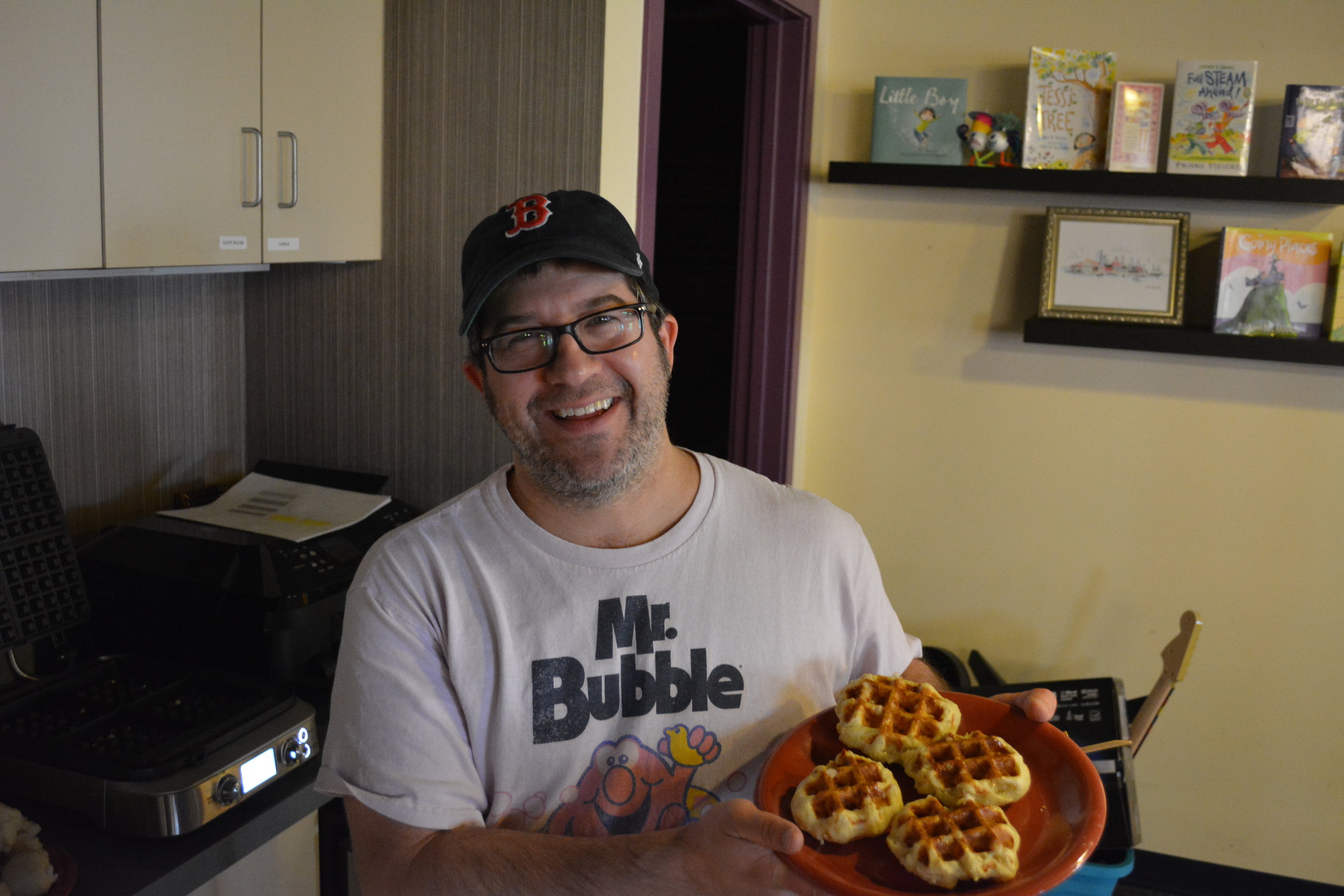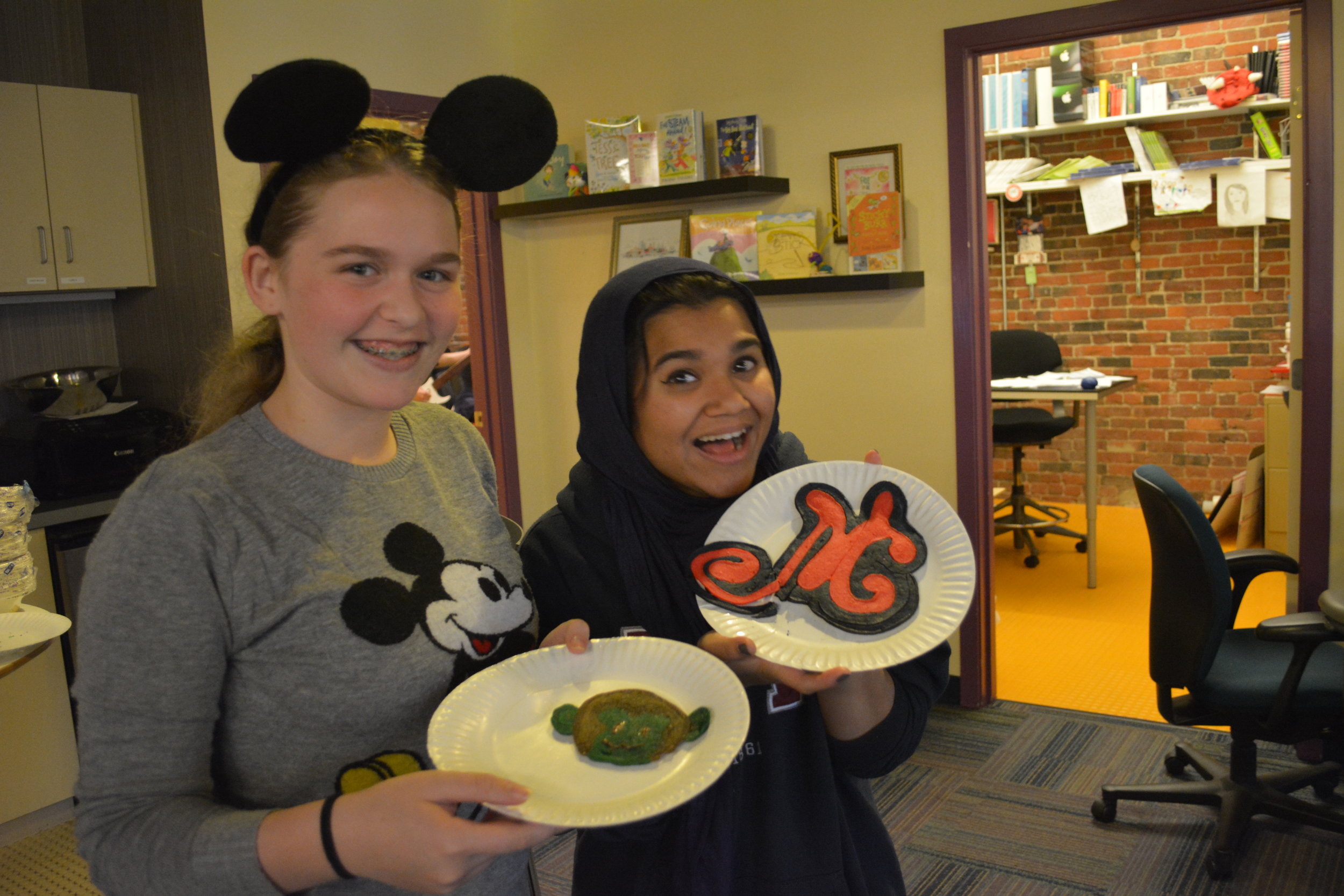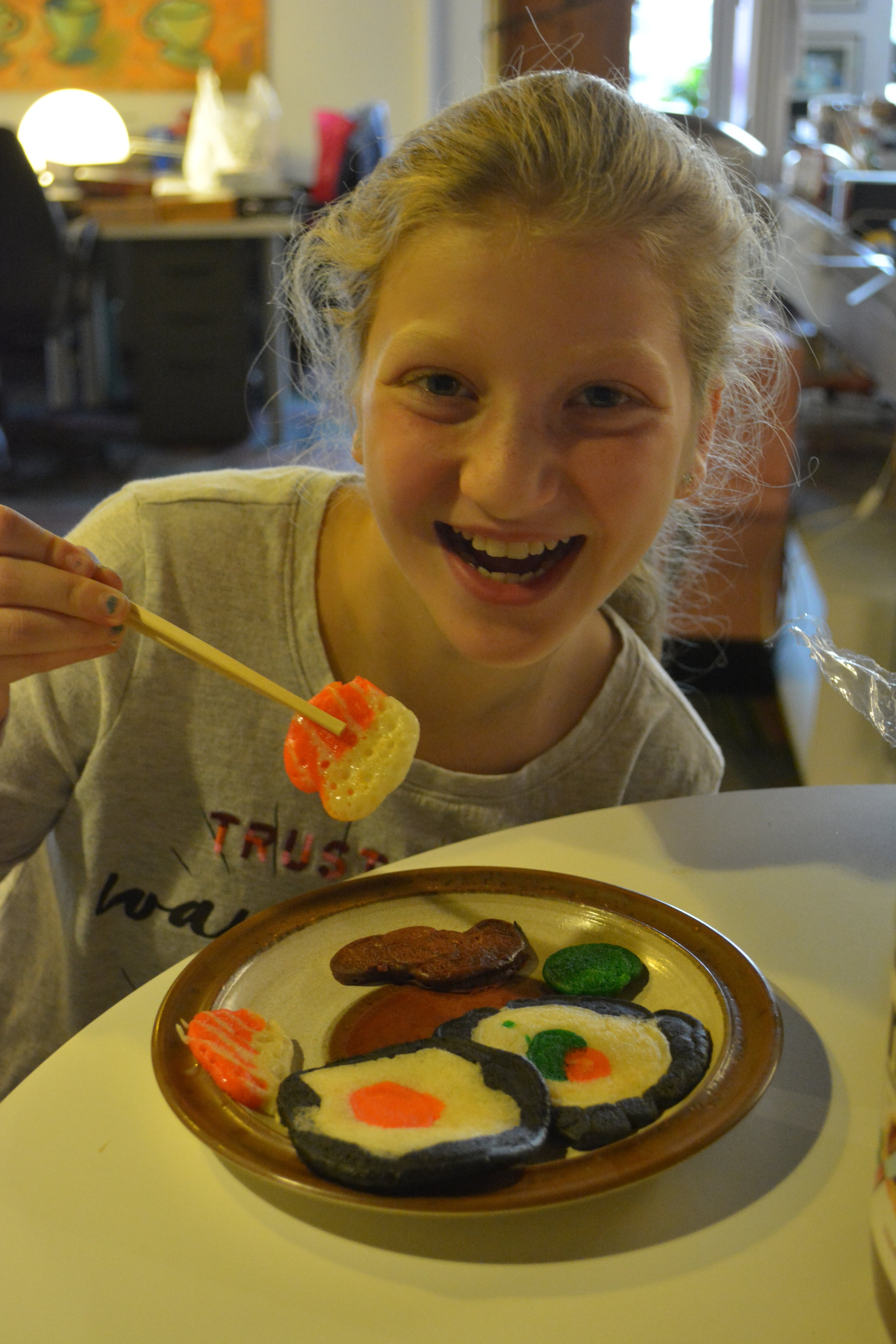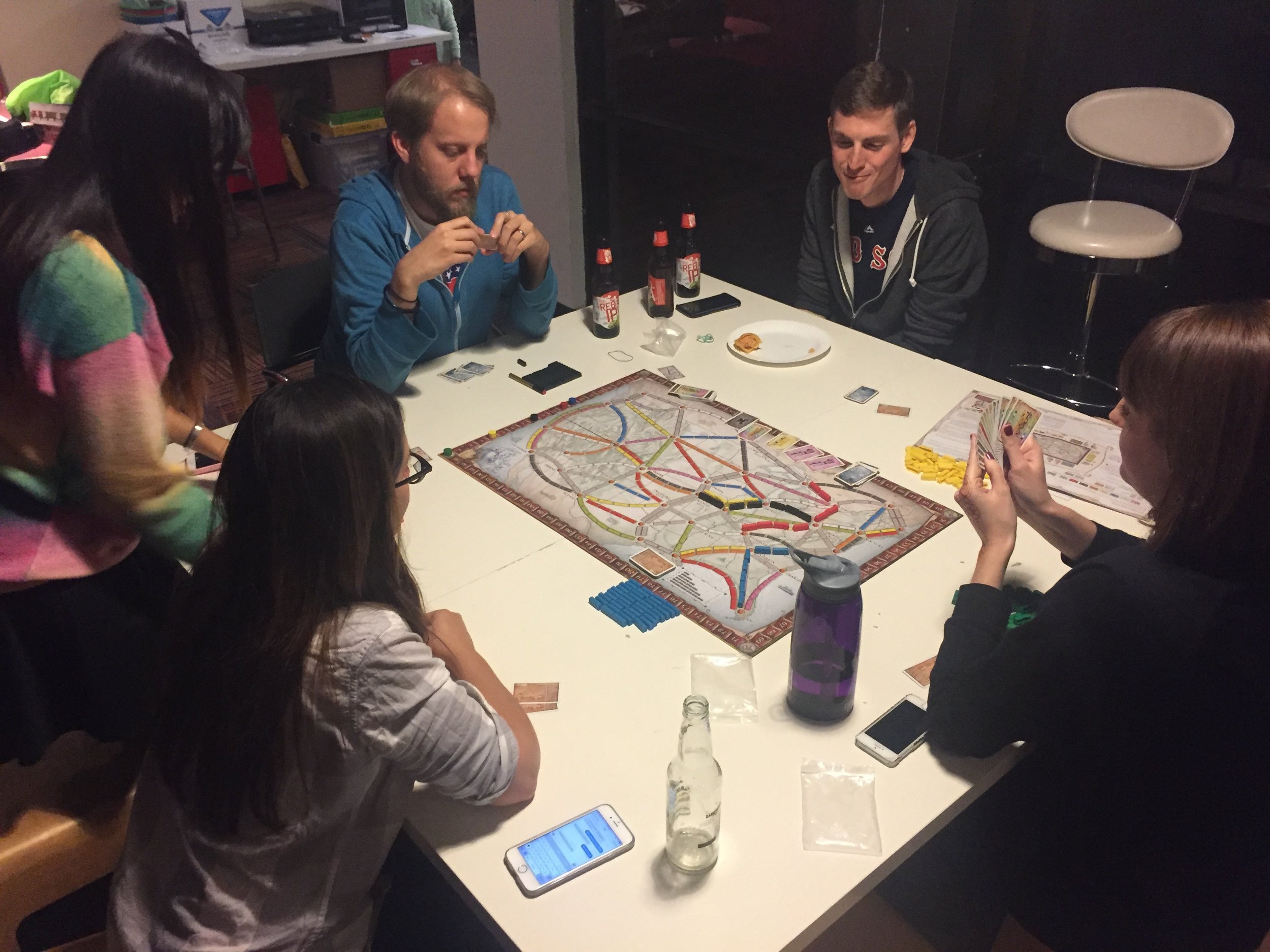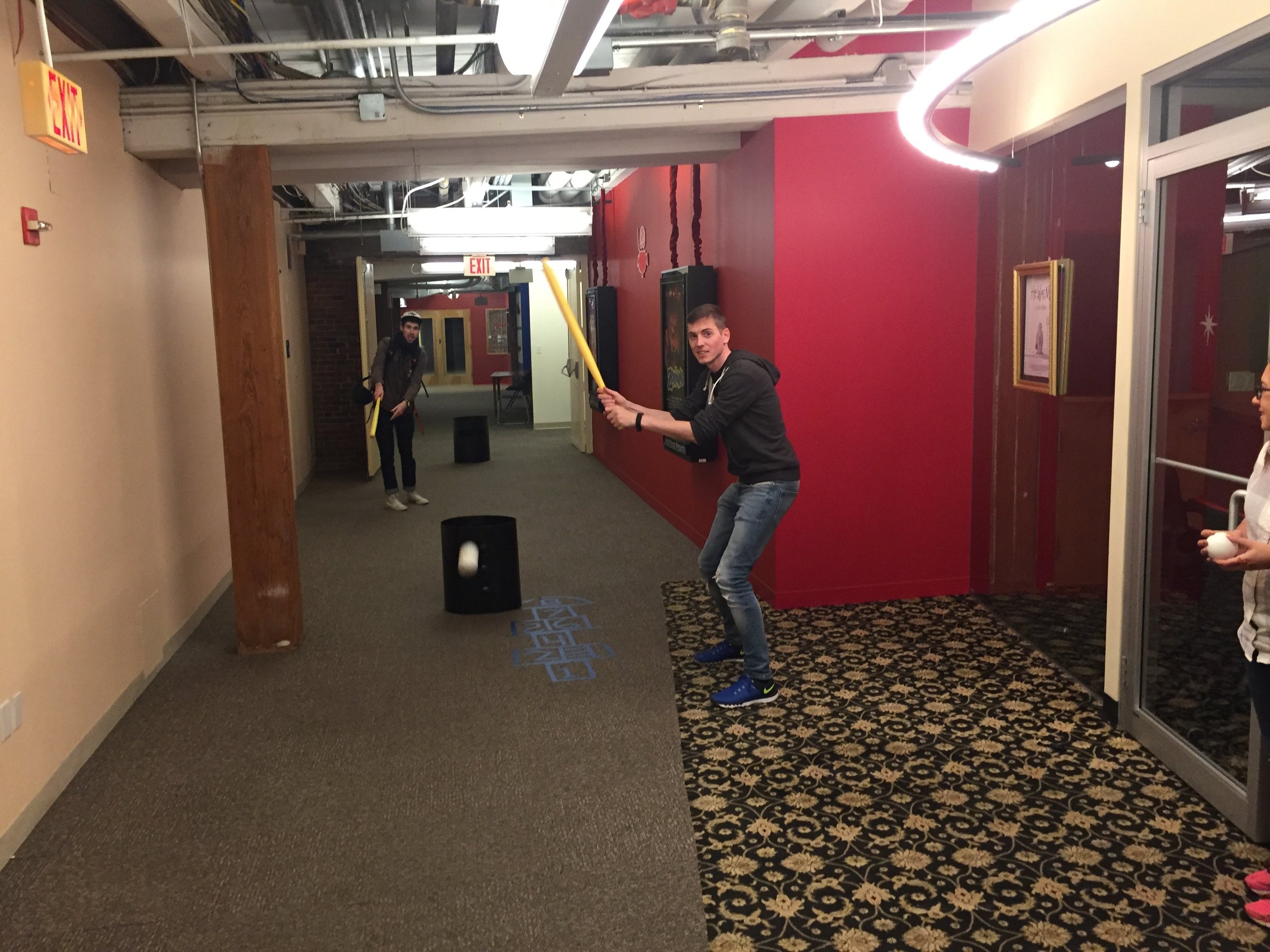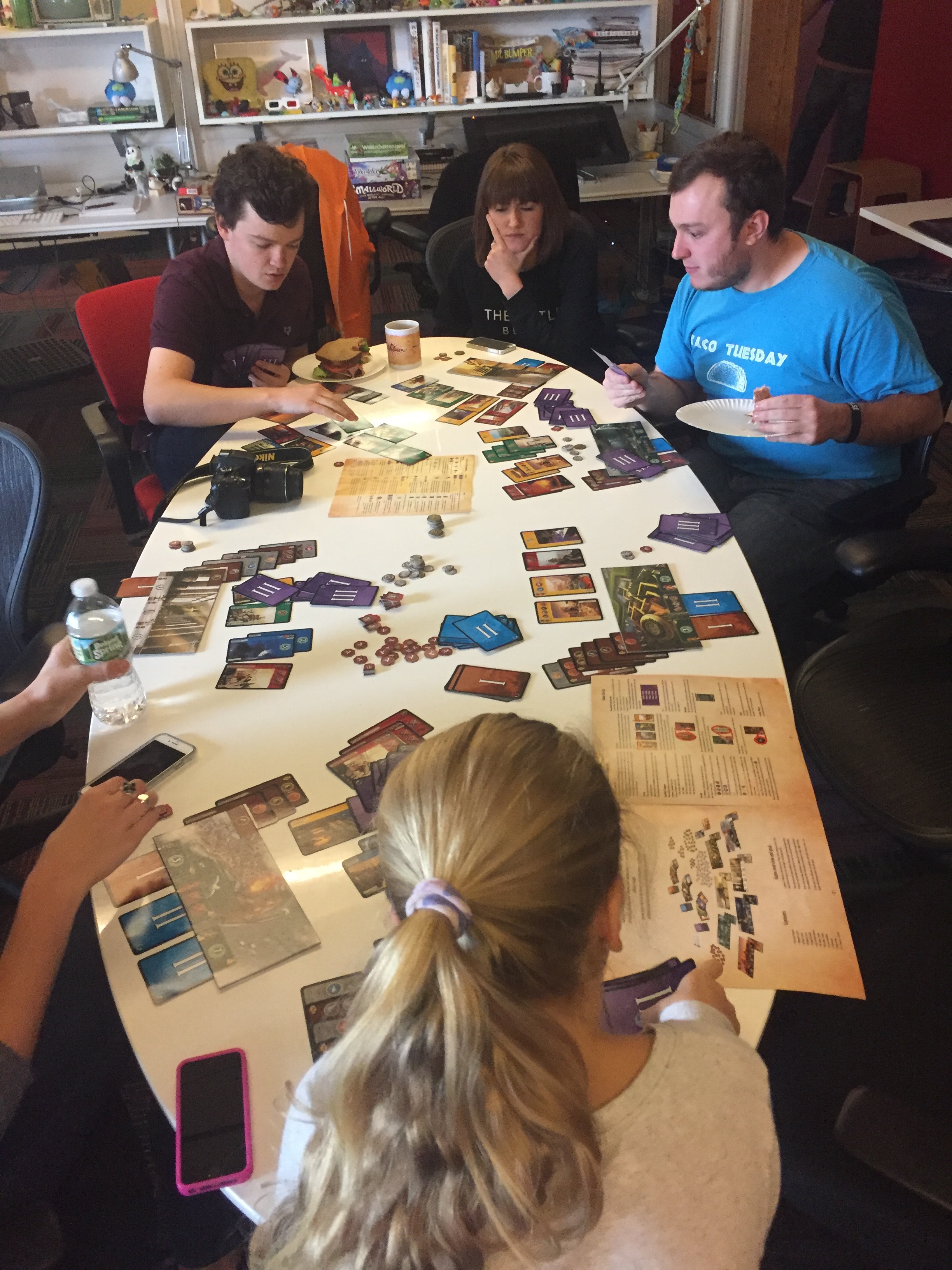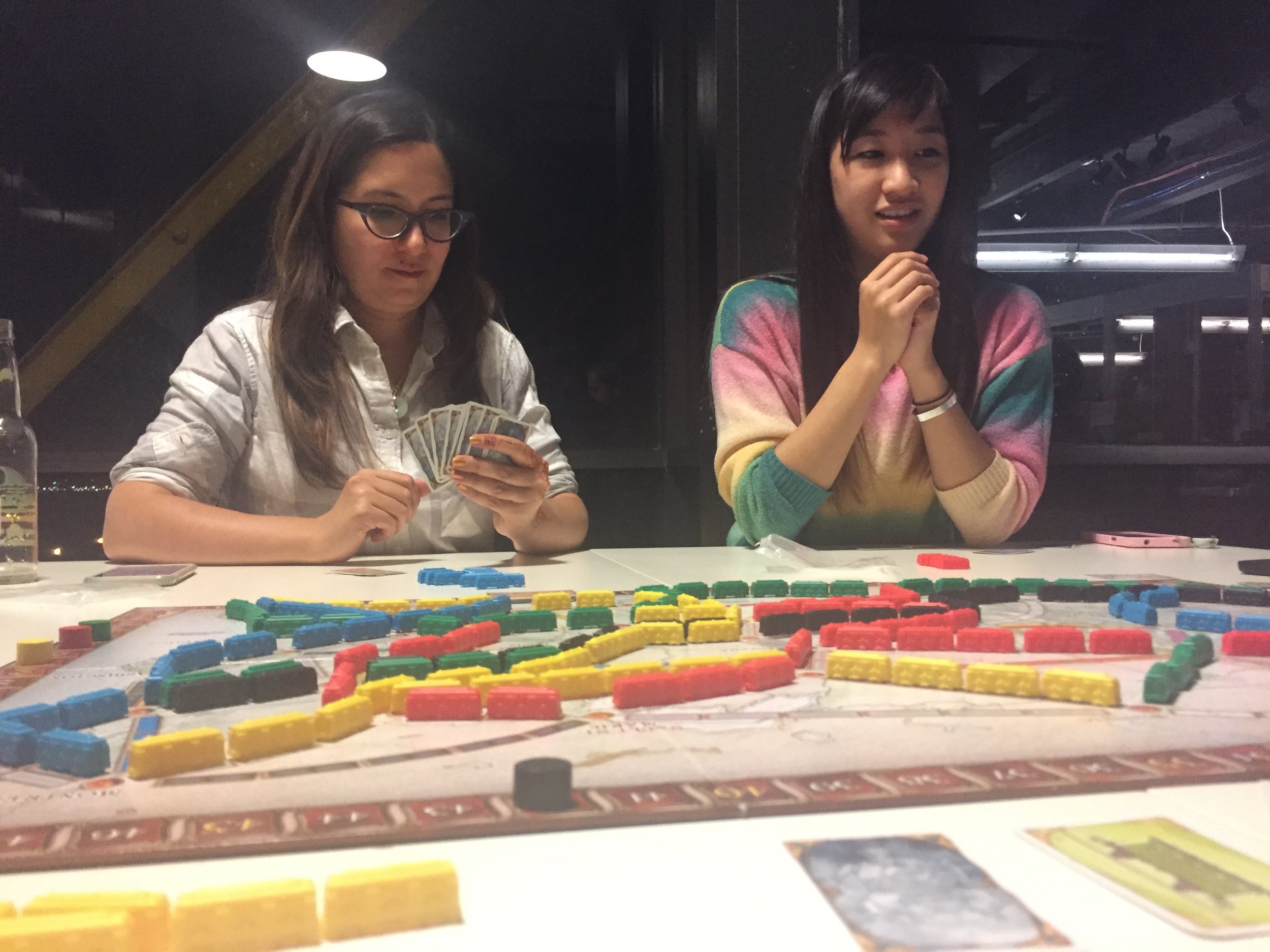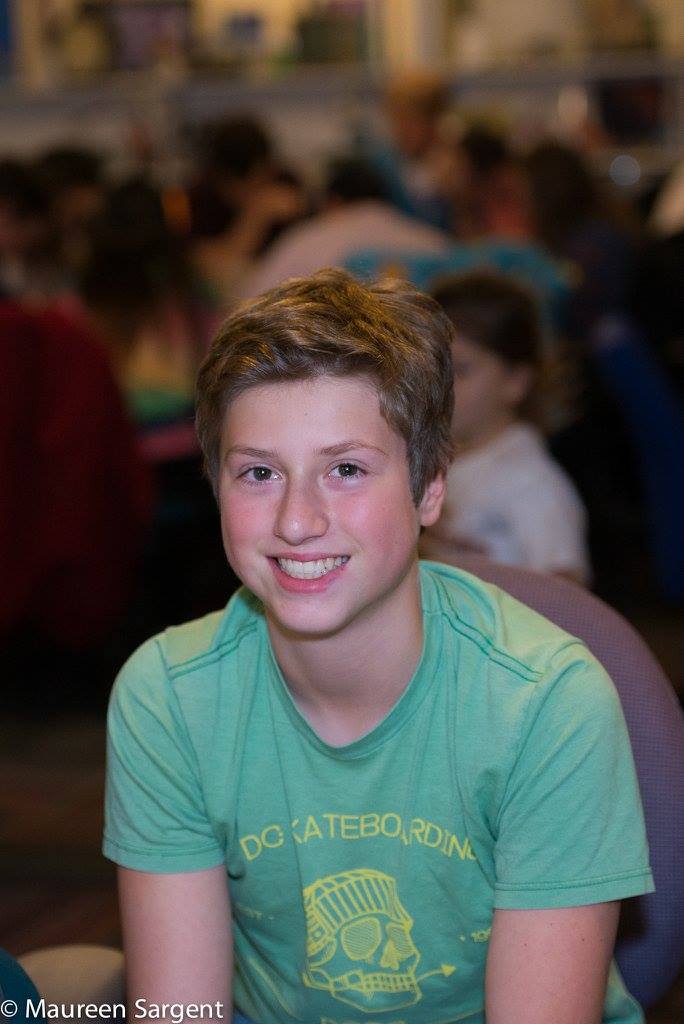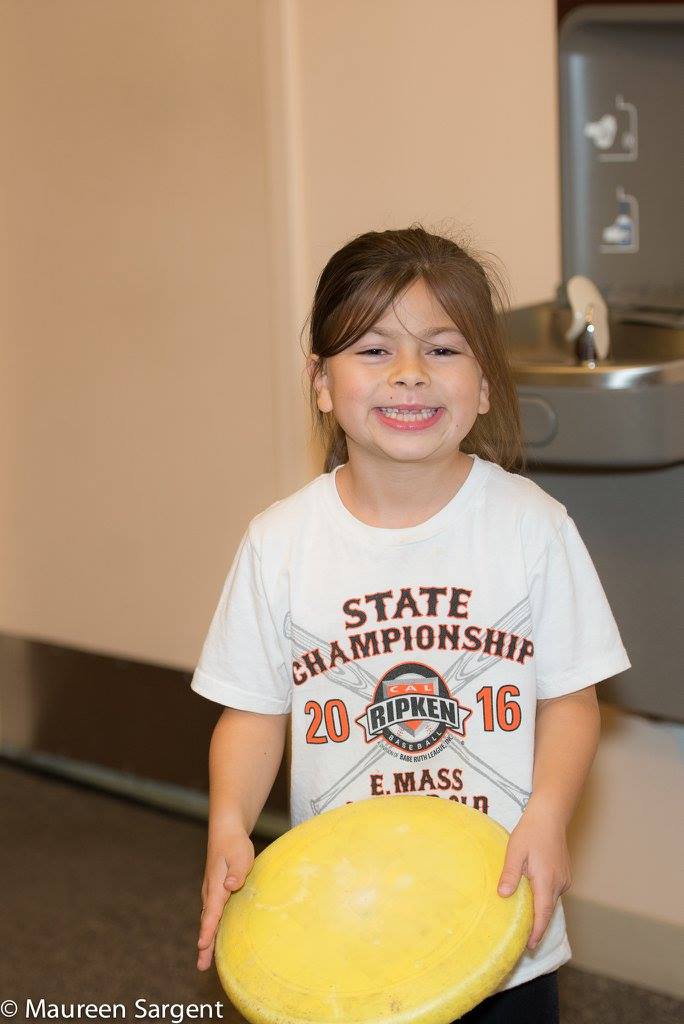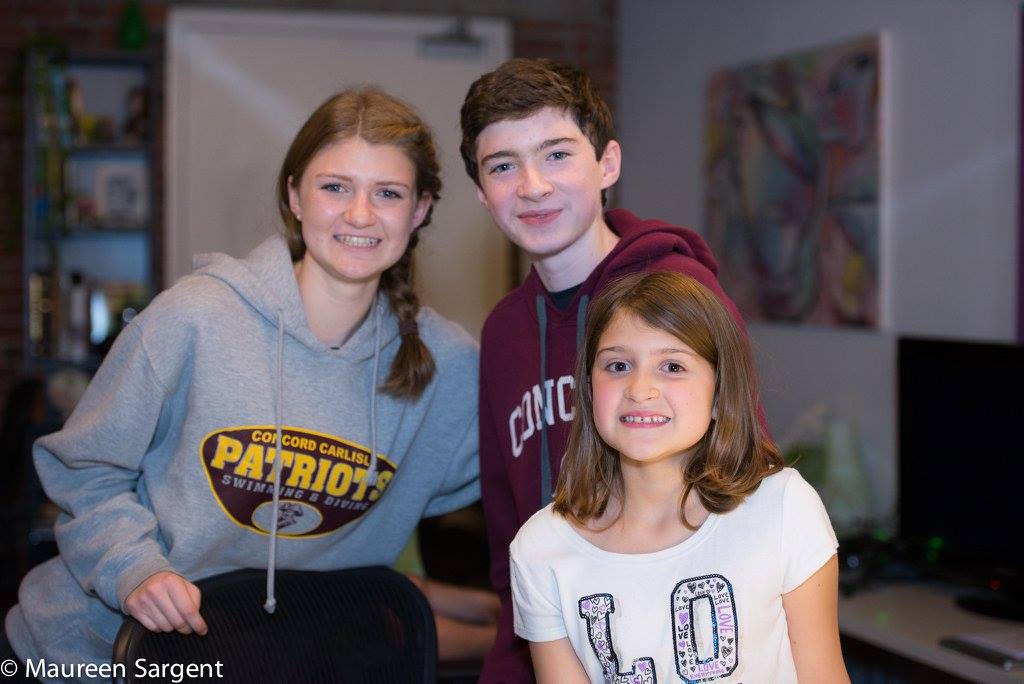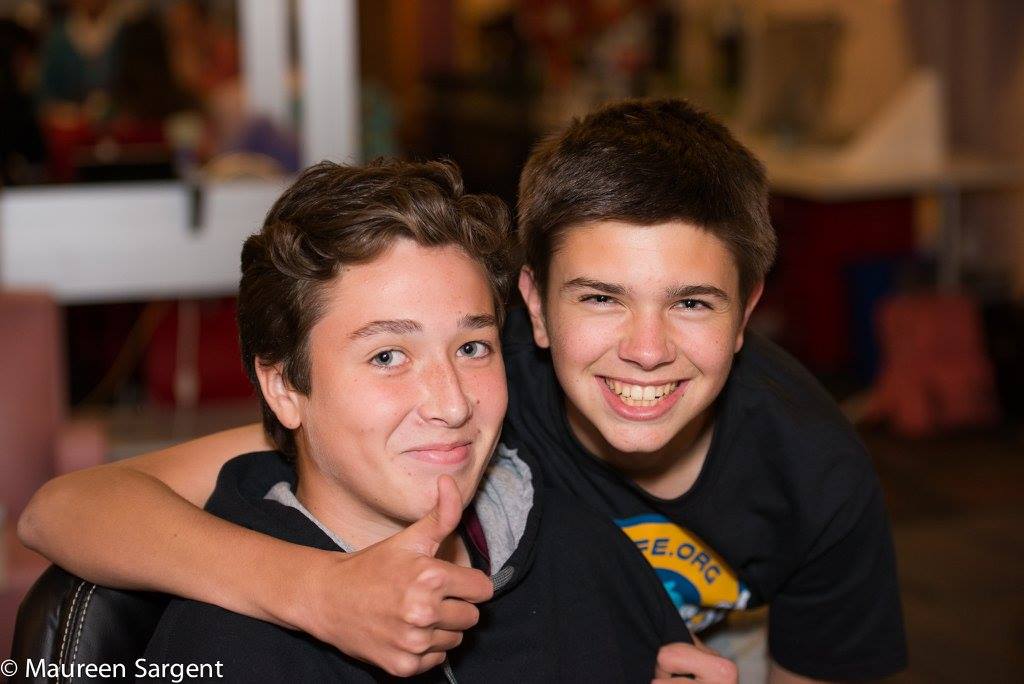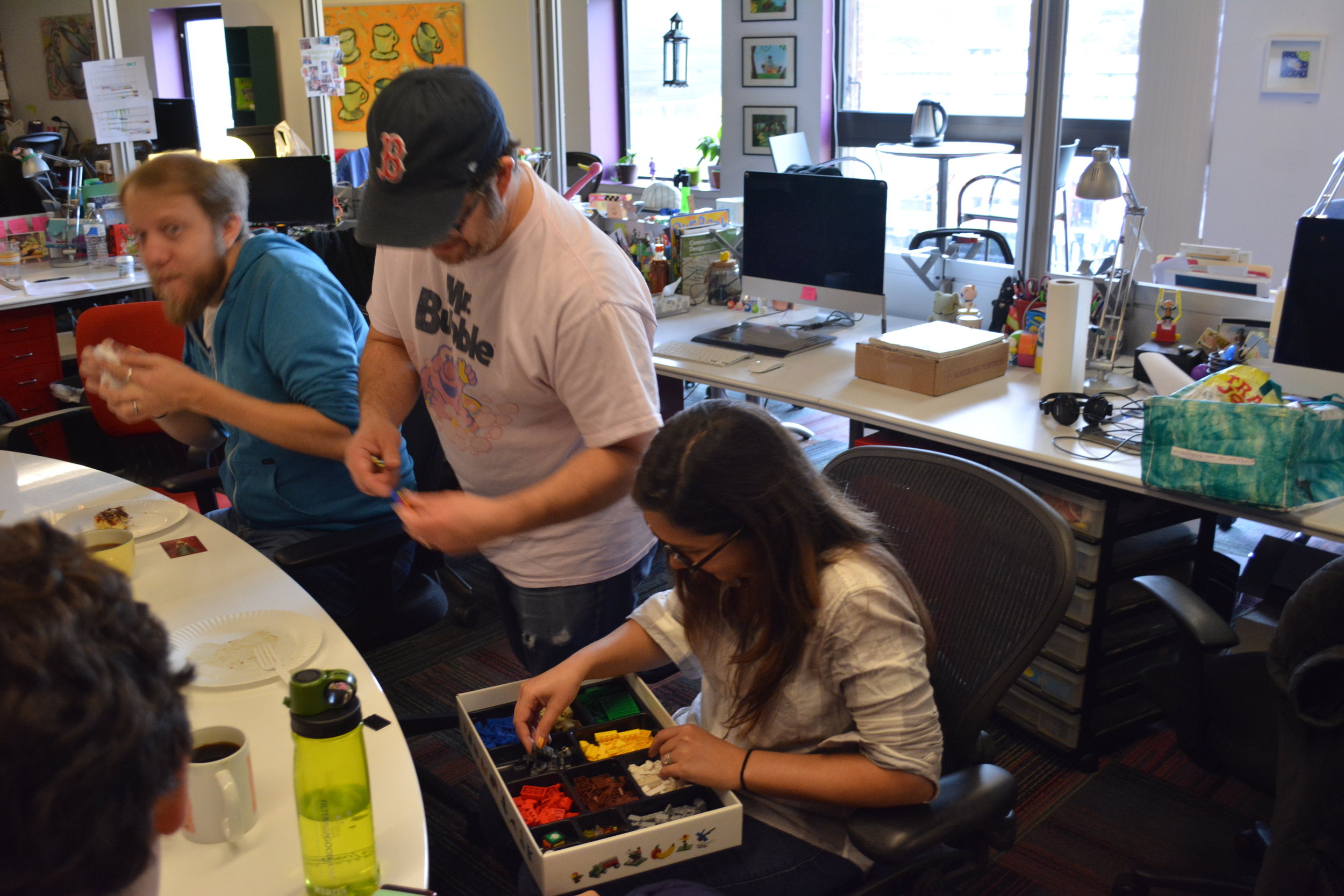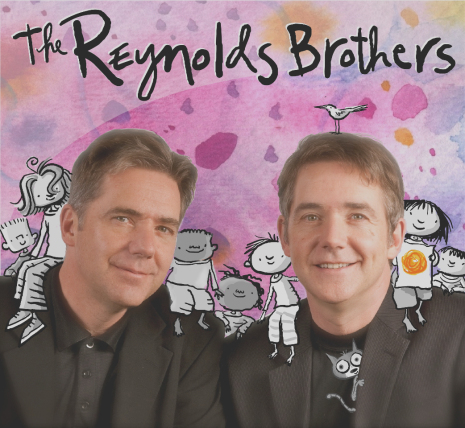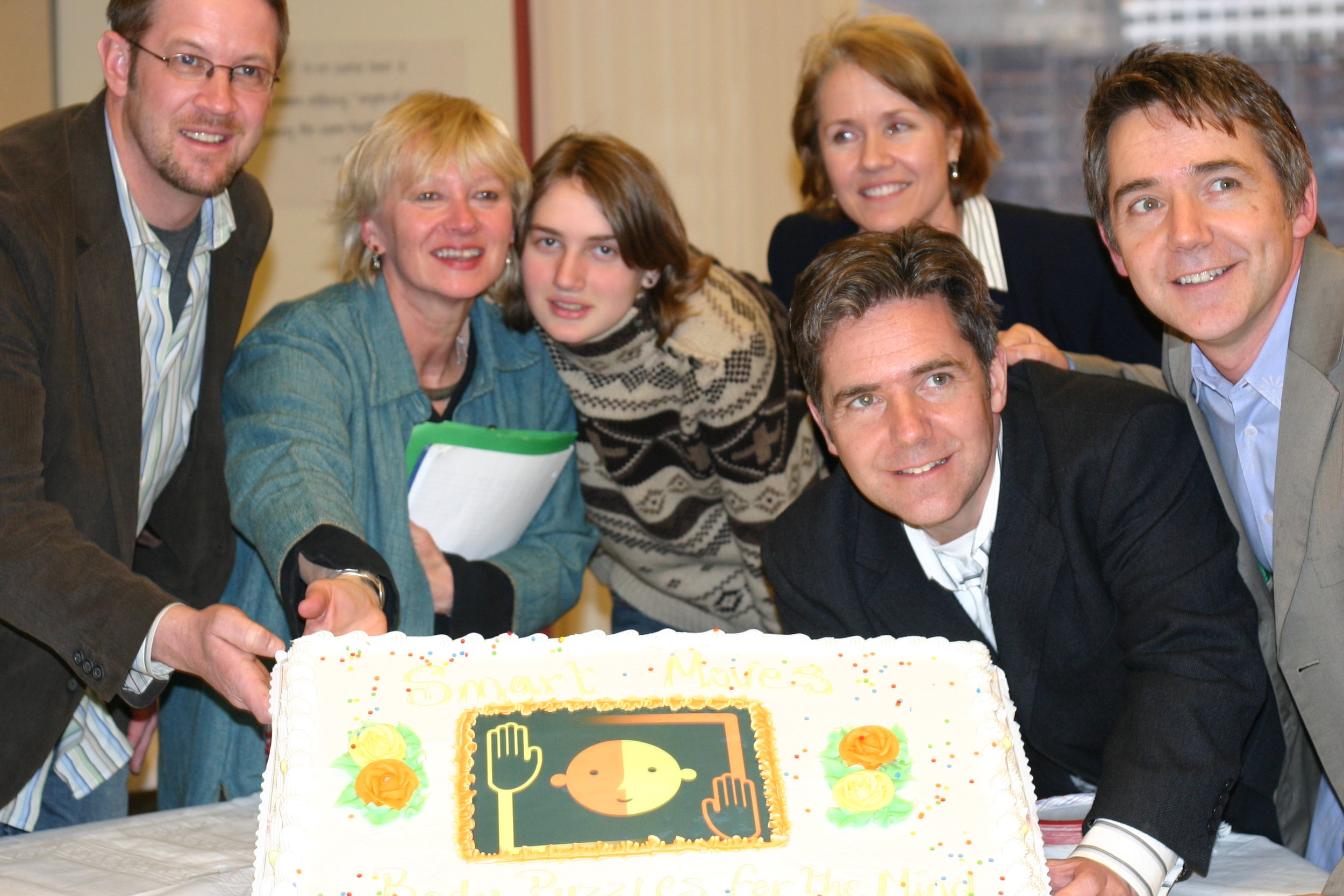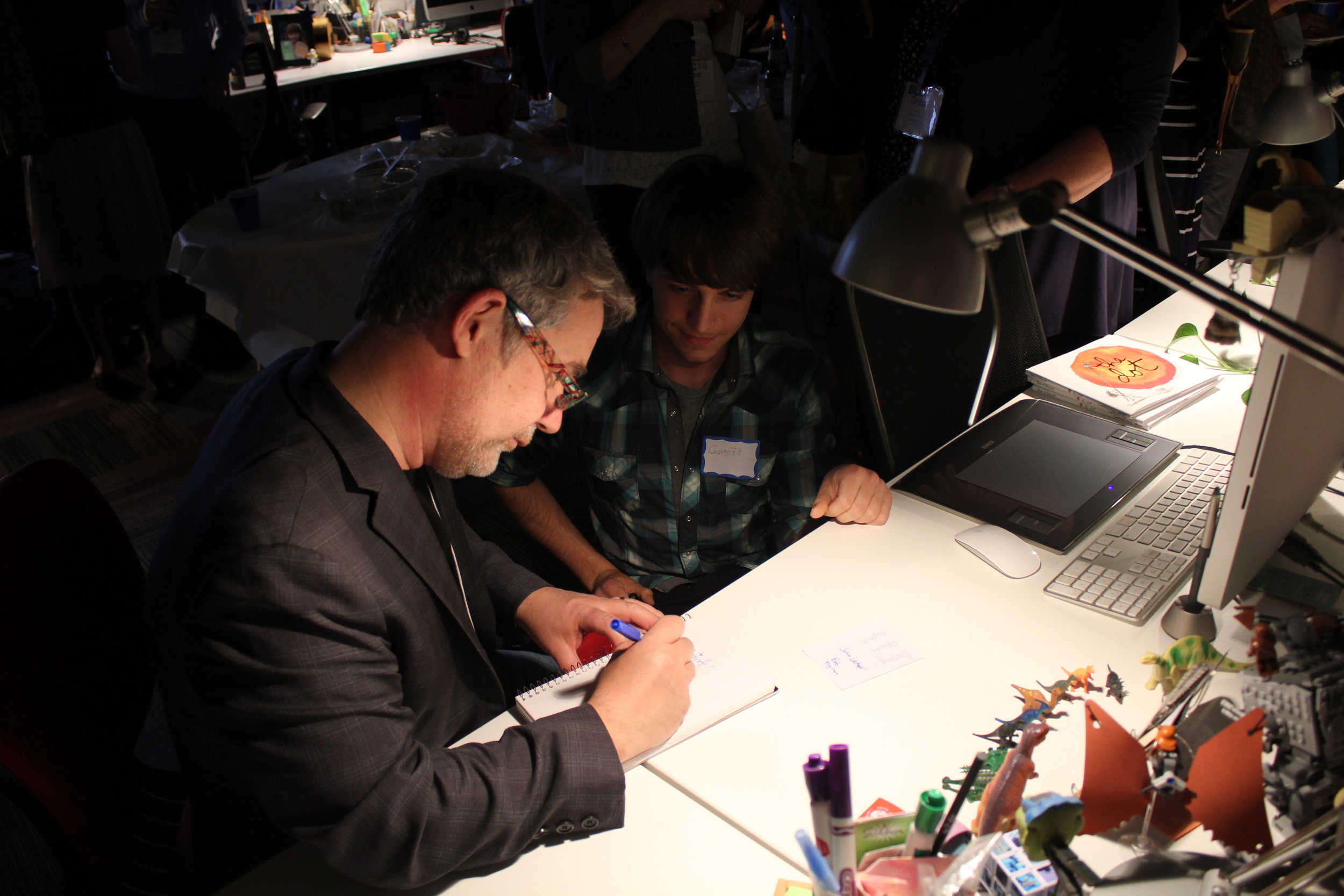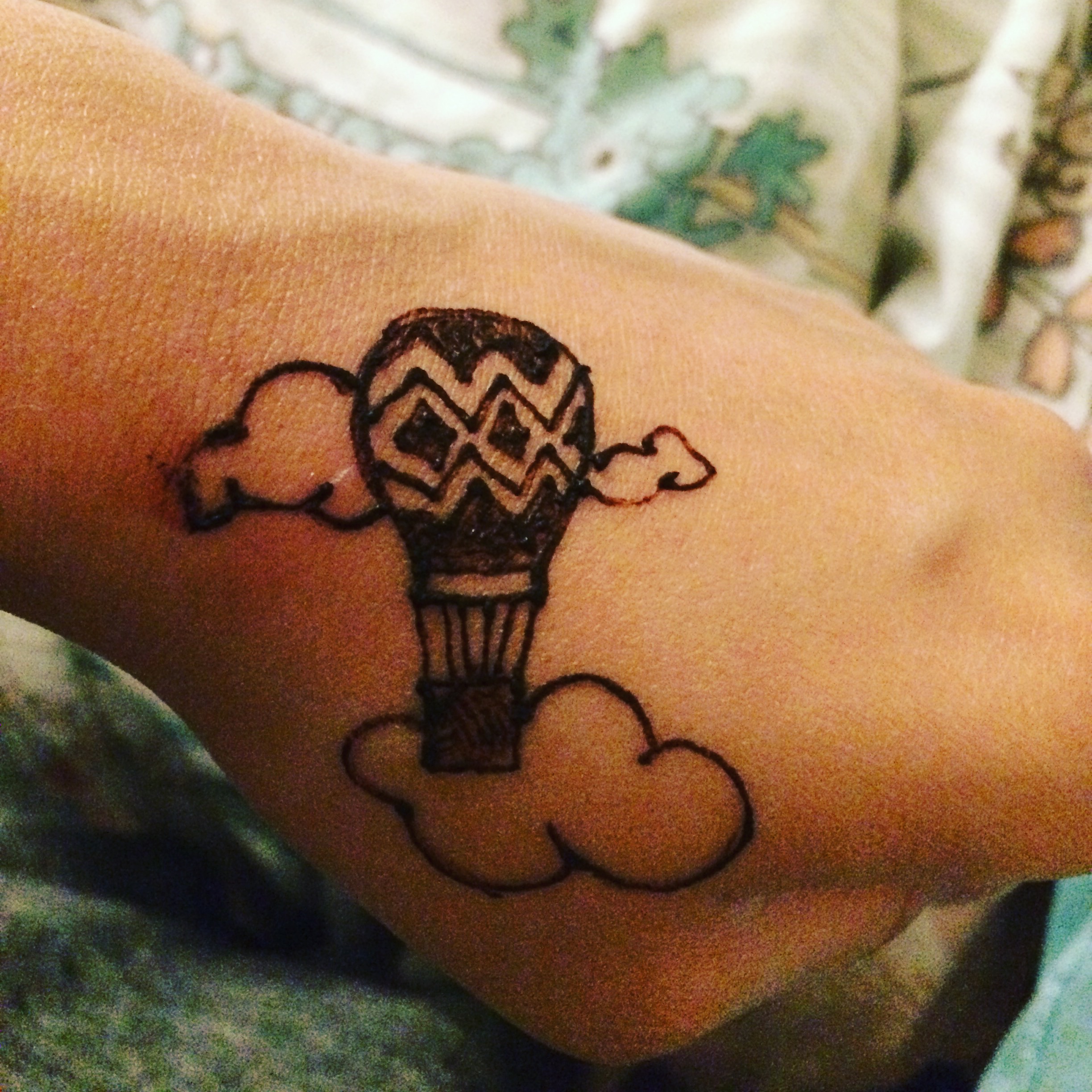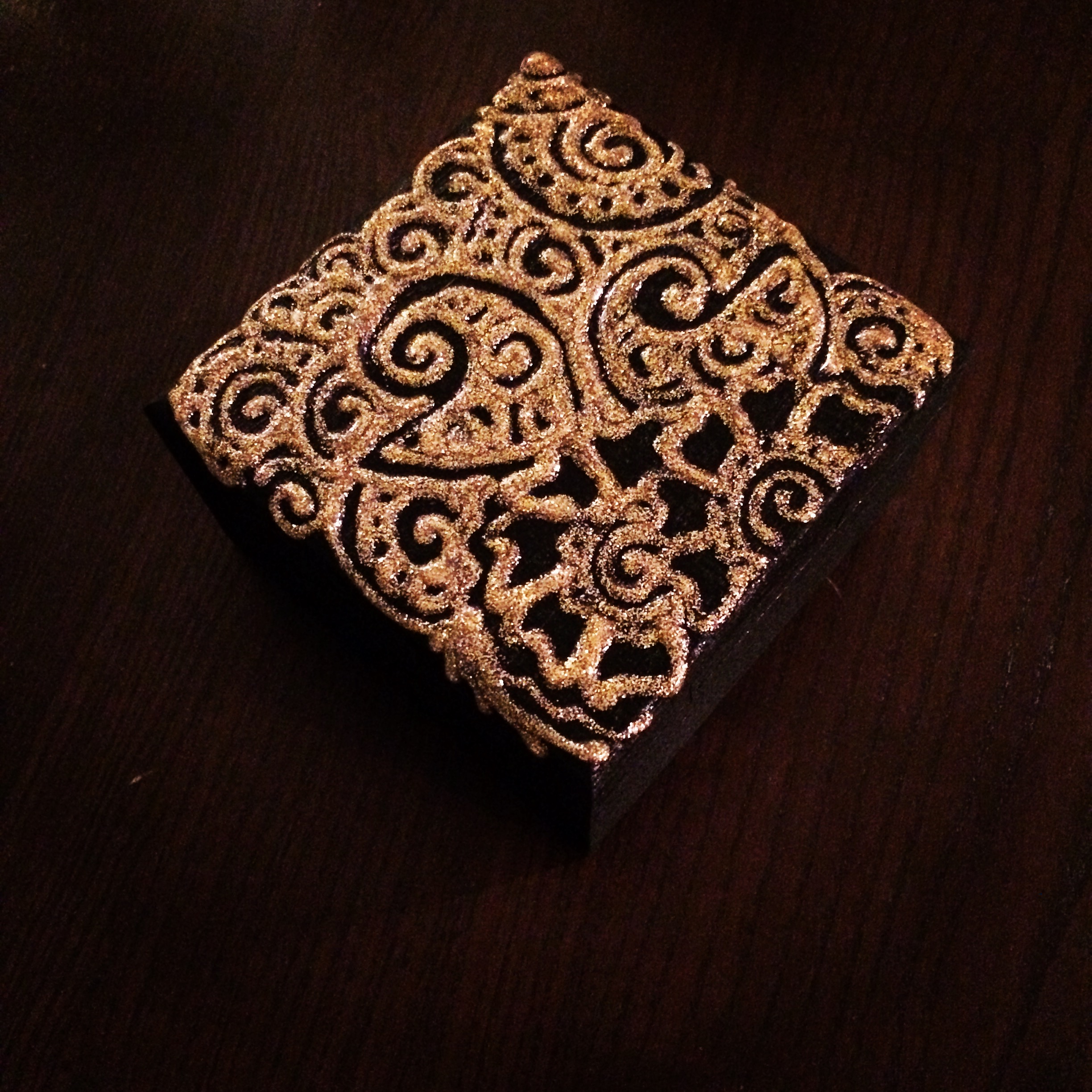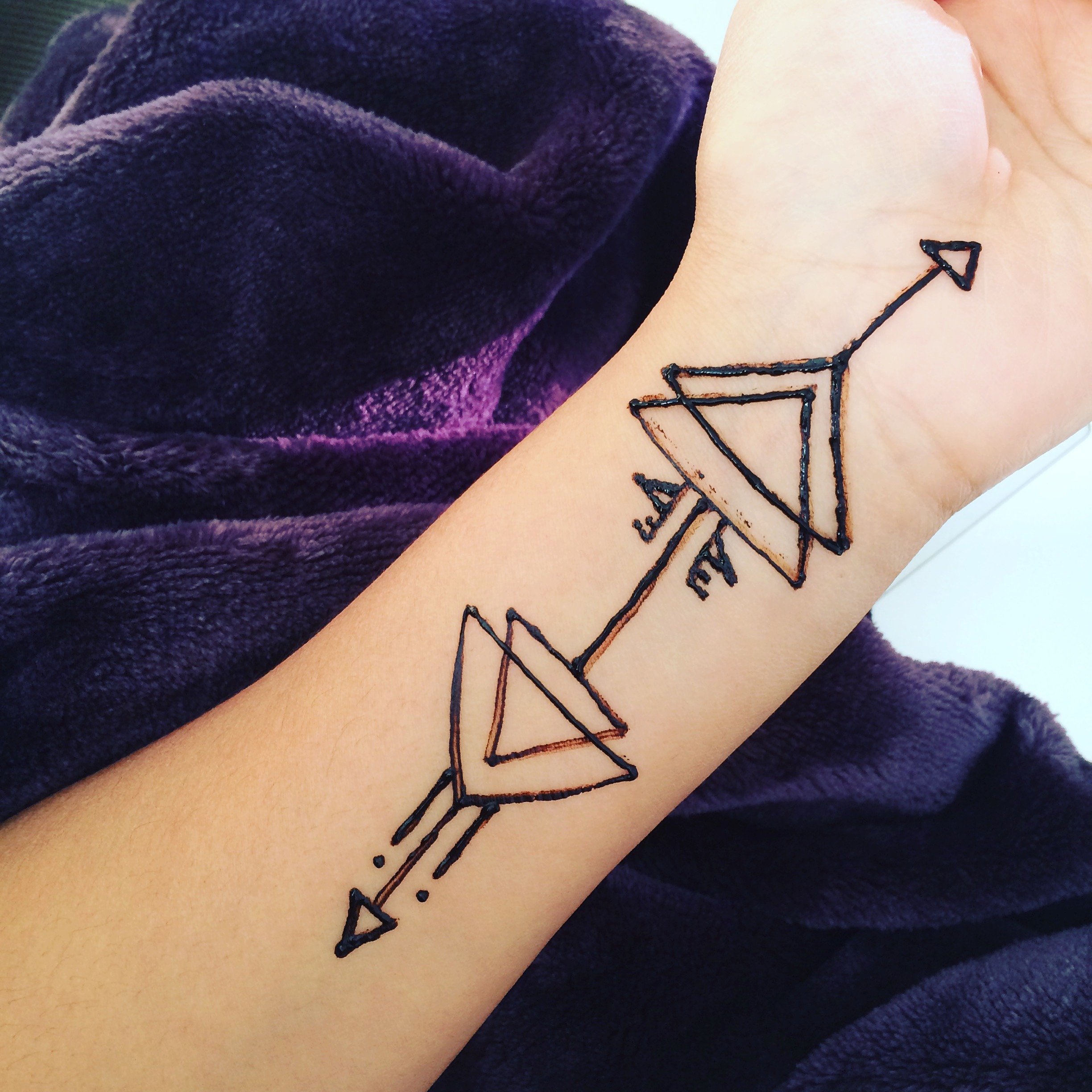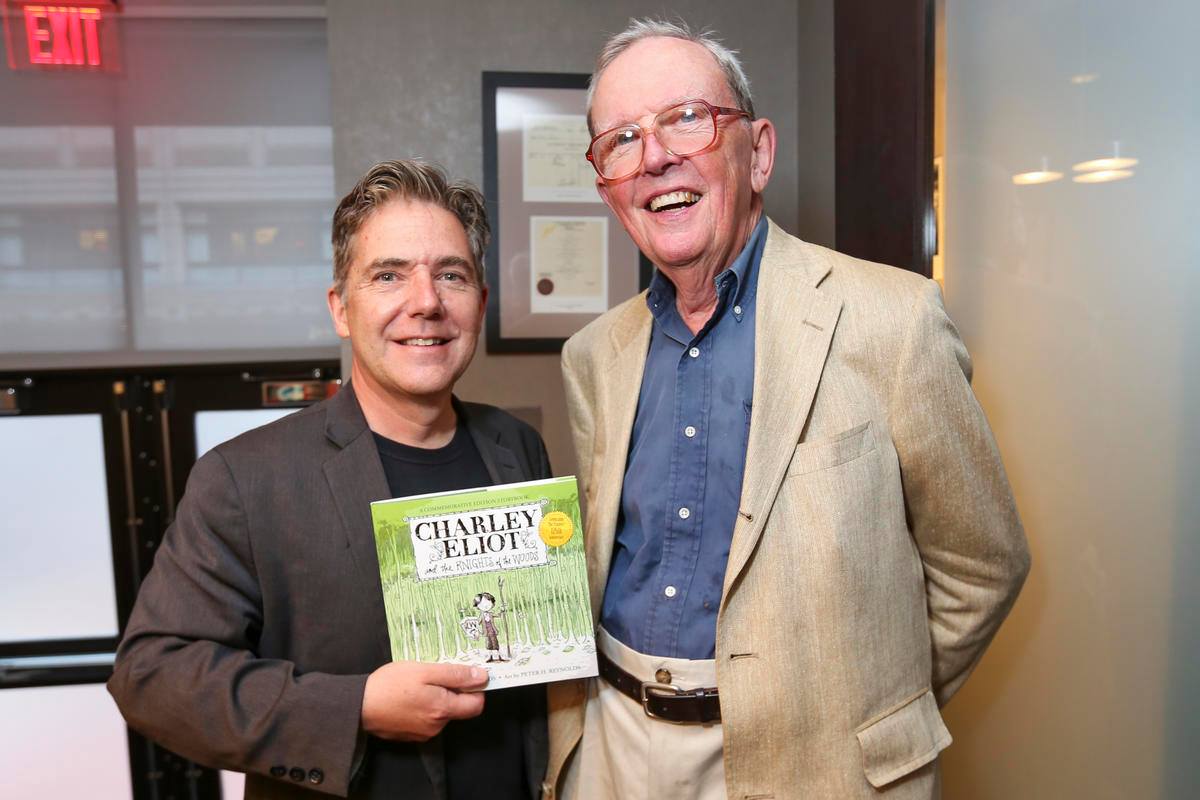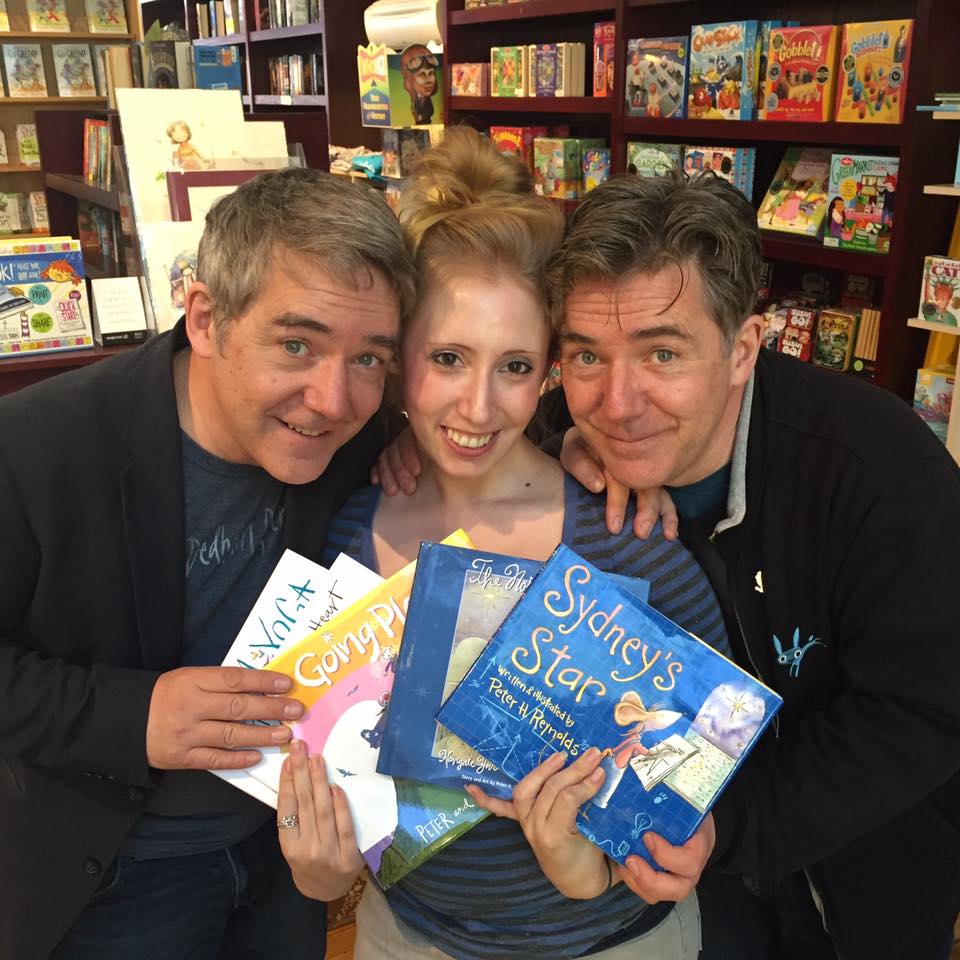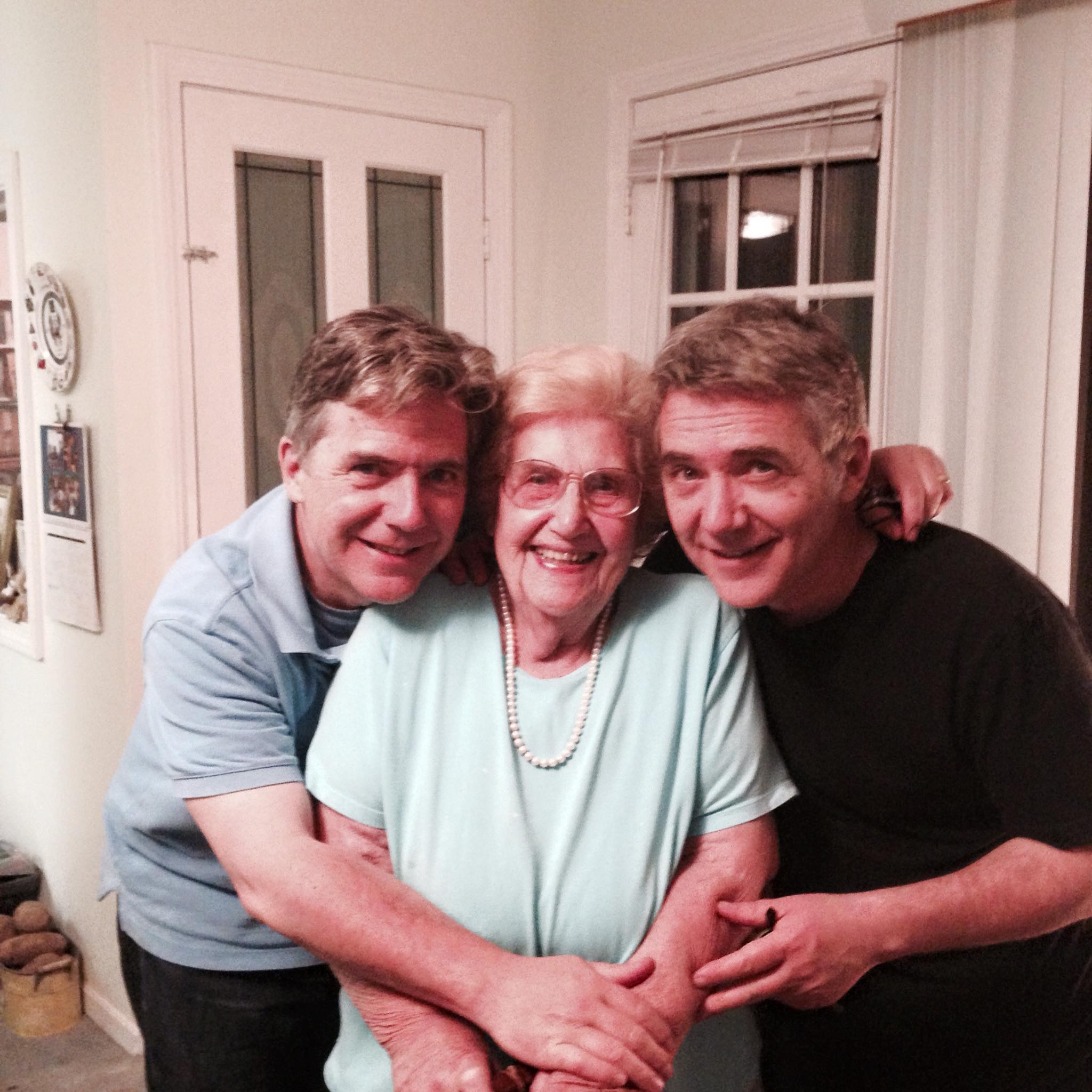What a night! For the fourth year in a row, Team FableVision took on the challenge to game for good and raise money through Extra Life for Boston Children’s Hospital. And guess what? WE DID IT.
I was a new addition to FableVision’s Extra Life team this year. I was excited: it was an opportunity to immerse myself in having fun with my co-workers, meet their families, and do something for a greater, bigger cause at the same time.
Munching on some of Brian’s famous sugary waffles, I began the day with a lighthearted game of Sushi GO (if you haven’t played before, the game cards have silly illustrations of sushi and dumplings). Those wanting to get creative with their breakfast wandered over to the pancake art station complete with colorful tubes of batter.
The studio transformed into a gamer’s dream den. Scattered across the studio were various stations set up to accommodate board games, PlayStation, X-Box, Wii, and a host of desktop computers dedicated to online gaming. Folks brought along nail polish, knitting gear, and henna as a respite from gaming overload.
Gaming all the way into lunch, Michael collected a few of us and we went to get some fresh air and play whiffle ball! Caked in mud and running around makeshift bases, I felt like a kid again.
The Extra Life evening brought FableVision’s first-ever Trivia Night hosted by Michael and Sam. Armed with empanadas from La Sultana Bakery, teams raced across the FableVision conference room to get their answers in to questions that ranged from the oldest city in America (St. Augustine in Florida) to identifying the various forms of pasta (harder than you think!).
The night was long but boy, was it worth the effort! Team FableVision proudly raised a whopping $5,457 (and counting!) for Boston Children’s Hospital! Our page will stay open until the end of the next year so we still need your help to meet (and exceed!) our goals! A huge thank you to all those who’ve pitched in and supported our team.
Until next year, gamers!



